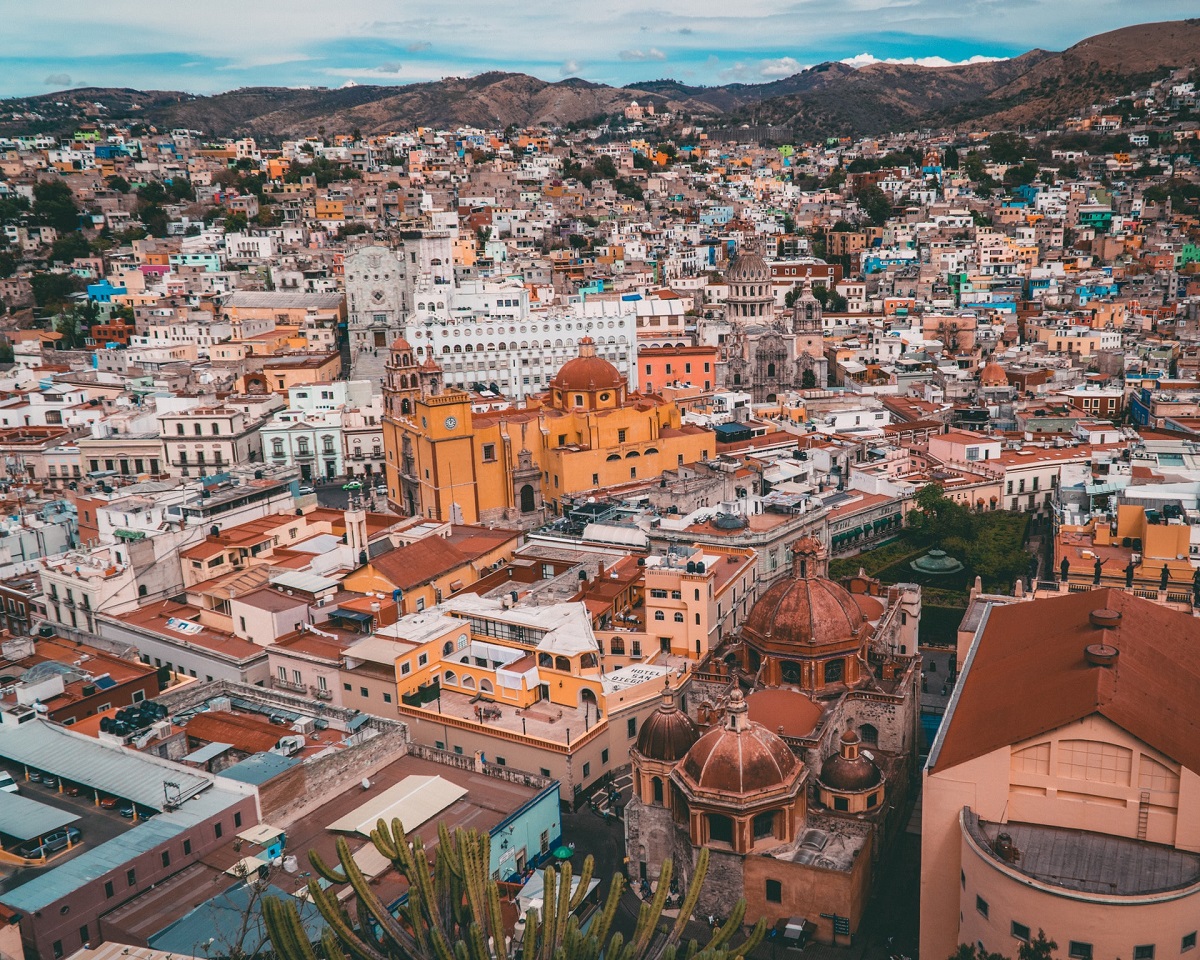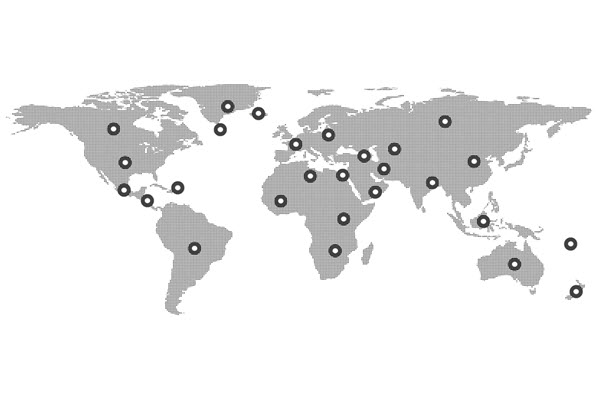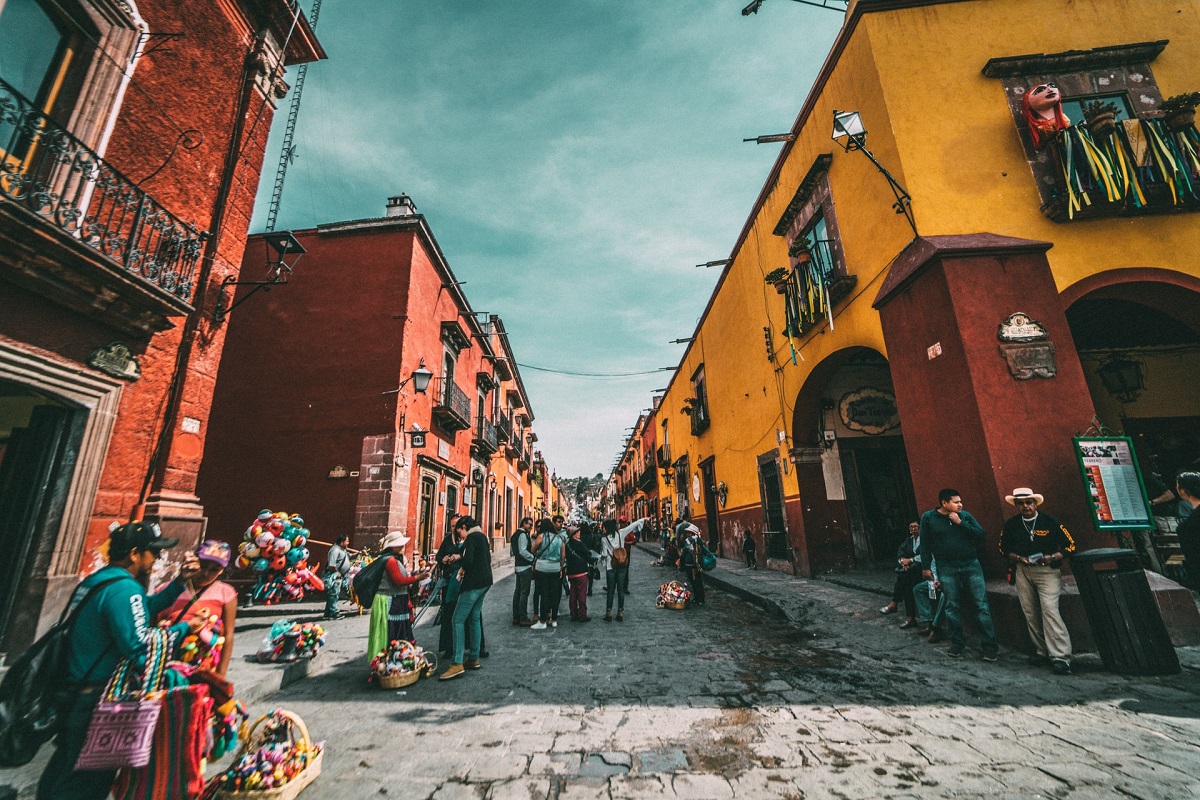Americans Kidnapped in Mexico: 2021 – 2022
If there’s a country that has mystified travelers for years, it’s Mexico. The Latin country is steeped in culture, beautiful white beaches, and tantalizing cuisines.
Mexico is also famous for something else: Crime.
The North American country is a hotbed for gang-related violence, drug cartels, and kidnappings.
In January 2022, two Canadian nationals were killed at a Mexican beach resort after a shoot-out erupted. In a separate incident, a gay couple from Texas was tortured, shot, and their bodies dismembered before being disposed of in garbage bags off the highway outside the Mexican border city of Ciudad Juarez.
Despite these highlighted murders, the number of kidnappings for ransom has risen dramatically since the onset of the pandemic. This article looks at the number of Americans kidnapped in Mexico from 2021 to date and what to do to avoid becoming the next target.
Kidnappings in Mexico 2021
The abduction of American nationals is a recurring security issue in Mexico. In 2021, there were 625 reported kidnappings, down from 831 cases the previous year. It is estimated that 300-400 cases involve Americans, most of whom are Green Card holders and dual citizens.
Our security experts believe the number could be higher since most kidnappings involving US nationals go unreported. Most companies would rather not acknowledge that a staff member was kidnapped to avoid dealing with the ensuing reputational risk.
Why Do Cartels Kidnap
The kidnapping issue in Mexico is fueled largely by America’s insatiable drug demand. Criminal organizations in the Latin American country rely on extensive personnel and massive collections of assault rifles and an assortment of firearms, most of which originate from the US. Members of these drug cartels Mexico use these weapons to defend their “plazas” from the Mexican police, military, and rival gangs. A plaza is a strategic point along the narcotics supply chain.
From around 2006, these criminal gangs began to use kidnappings as a means to fund those drug-related activities. The ransom money they would get from desperate families became a lucrative source of income for these drug cartels. The drug dealers acquired transferable skills during their day-to-day work that could be used to perpetrate kidnappings.
In the 90s, most kidnapping gangs comprised active and retired law enforcement officers. Their main targets were Mexico’s business class’s political elite and affluent citizens. When Alfredo Harp Helu was kidnapped in 1994 and held hostage for 106 days, the family of the Mexican entrepreneur paid $30 million to secure his release. Helu was the owner of Banamex, the largest Mexican and Latin bank, which Citigroup later acquired.
Despite the apparent success of this kidnapping-for-ransom episode, many criminal groups at the time did not buy into it. For most of them, the inherent risks, police attention, and media publicity they attracted did not justify the payoff.
As a result, in the early 2000s, criminal gangs began to target middle and lower-class citizens. While they earned less per victim, they could carry out more kidnappings without attracting police or media attention.
Cartel kidnapping techniques also evolved. Gangs now carried out “secuestro exprés” (express kidnappings) where they would hold victims for short durations in exchange for smaller sums of money. In many cases, the cost of ransom is as low as $500.
According to data from the National Institute for Statistics and Geography in Mexico, express kidnappings now account for 66% of all reported kidnapping crimes in the country. The apparent “democratization” of kidnapping meant that it wasn’t only the elite who were targeted. Middle and lower-class citizens also became targets.
The Proliferation of Crime In Mexico
The Mexican government recently announced that the number of drug-related cartel murders in the country had declined by 3.6%, down from the 33,739 cases reported the previous year. Despite this marginal improvement, crime in Mexico is an epidemic that’s not going anywhere anytime soon.
Mexican cartel kidnappings were bad enough when they were perpetrated by a handful of these criminal organizations 20 years ago. Most of these gangs have since splintered into several groups, all vying for a slice of the drug pie.
The proliferation of these gangs also means that these criminal enterprises have more costs to meet and, therefore, require more funding. The domino effect is that the number of kidnappings for ransom has also increased.
Another reason for the rising number of criminal groups in Mexico was the aggressive security policies instituted by the country’s former president Felipe Calderon. These policies, dubbed the “Kingpin Strategy,” were aimed at arresting various leaders of the drug cartels, disrupting what used to be a somewhat peaceful balance of power among the more established criminal organizations.
Mexico Cartel Map 2021

The Mexico cartel map 2022 is similar to its 2021 counterpart. The areas with more than five major cartels present have a higher risk of kidnapping than those with fewer cartels.
Police Corruption in Mexico
The authorities have been largely unsuccessful in their efforts to curb the rising kidnapping cases in the country. A large part of this failure can be attributed to the high levels of official corruption in Mexico government. Police officers are often involved in these kidnappings either by getting a cut from the drug cartels to “look the other way” or working in collaboration with criminal gangs.
According to a study conducted by the National Commission on Human Rights in Mexico, 85-95% of the surveyed respondents believe that the vast majority of officers in the Mexican police force are corrupt.
As a result, kidnapping perpetrators feel that the odds of police officers bringing them to book for their crimes are slim to none. Less than 2% of all kidnappers are arrested and convicted for their crimes. Those odds serve as a big incentive for members of criminal gangs to carry out kidnappings for ransom.
Cartel Kidnappings Arizona
In March 2017, Mexican customs officials stationed in Naco, Sonora, watched as a man emerged from the trunk of a white sedan. His hands and feet were shackled, and his mouth was taped shut. The man walked over to the customs officers and begged for their help.
Meanwhile, 54-year-old Roxanne Carpenter, the driver of the white sedan, was completely oblivious to the fact that her captive had escaped. She drove a couple of hundred yards south of the US-Mexico border to a plaza where she planned to collect 30-pounds of marijuana from members of the Mexican drug cartel. The drugs were a bounty for turning over the man they had been trying to track down.
When the cartel members discovered that the wanted man was not in the vehicle’s trunk, they returned the car to Ms. Carpenter and instructed her to run. FBI agents caught up with her a few hours later as she crossed the border into Naco, Arizona. It later emerged that Carpenter, alias “Rocky,” was not acting alone. While she was the mastermind of the entire plan, she recruited her friends to help her execute her plan.
Rocky charged 23-year-old Fausto Velazquez with negotiating the bounty with the cartel members. 40-year-old Brian Meyers, a friend of the victim, was supposed to lure him to the car, while 29-year-old Phoelix Begay was supposed to be the “muscle” in the entire plan.
In the initial plan, they negotiated for a $37,000 bounty. The cartel countered that offer with a truck. However, since it would be impossible to split the truck among them, they settled for 30 pounds of marijuana instead. While the negotiations were going on, the victim lay handcuffed and shackled in the trunk of the car.
Carpenter was sentenced to serve 14 years behind bars in federal prison.
Four Women Kidnapped and Decapitated by Drug Cartel
In March 2022, four women who were kidnapped and decapitated by a rival drug cartel had their deaths filmed for their families to watch in horror. The four captives, members of the Gulf Cartel, were captured by a rival gang Los Zetas while on a drug delivery assignment.
Zetas members rounded up the women and slit their throats before beheading them on camera as a warning to the Gulf Cartel.
How to Avoid Being Kidnapped in Mexico

Despite the rampant threats in Mexico, corporate America continues to do business there. This state of affairs is not likely to change any time soon, given the lucrative opportunities present there. If you intend to travel to Mexico for work or leisure, you can take some steps to protect yourself and reduce your kidnapping risk.
Do Due Diligence
If you’re looking to do business in Mexico, you need to vet your local partner thoroughly and take the necessary steps to ensure their premises are secure. It’s also good to be aware of the country’s anti-bribery and anti-corruption legislation.
Go further and research the city and hotel you’ll be staying at. How many active cartels are there in that part of the country? Has the hotel in question had any security incidents in the recent past? How did management deal with them? This information will help you make an informed decision on how you wish to proceed with making decisions for your business operations in Mexico.
Foreign businesses should be looking at implementing executive protection details for their personnel who travel to Mexico on business. If you need help figuring out what you need or conducting an assessment of the area where you intend to do business, Hyperion security advisors can help you with a free assessment.
Don’t Leave Resorts
If you’re traveling to a tourist destination like Cancun and don’t have a personal protection detail, don’t be tempted to leave the safety of the resort you’re staying in to explore the city. That’s where danger lurks.
Ensure You’re Properly Indemnified
In the unfortunate event that you get kidnapped, you want to be adequately prepared. You want professionals on stand-by to rescue you and negotiate your ransom. Preparation, in this case, involves ensuring that you are adequately indemnified and financially insulated from this event.
Implement a Two-Man Rule
As a rule, no one should ever travel to Mexico solo, especially female executives. Companies should institute a two-man travel rule for staff members going to Mexico on business. If you’re going for leisure, it doesn’t hurt to tag a friend or partner along on your trip.
Fly Commercial
You need to be aware of the risk that comes with flying and parking a private jet at a Mexican airport and implement appropriate security measures. Cartel spotters exist at all private terminals throughout Mexico and information about your jet’s tail number can be used to track your whereabouts, putting you in danger.
While flying commercial versus private doesn’t eliminate your threat of being kidnapped, it can at least reduce the threat. And if flying by private jet is an absolute must, then you should absolutely hire a security detail that has prior experience operating in Mexico in kidnap prevention operations.
Plan Transportation Beforehand
Rather than walk off the plane and hail a taxi at the airport, it is always safer to arrange for transportation ahead of time through a reputable, well-known company. Alternatively, if you hire a security detail, a security driver should be transporting you during each of your movements while in-country.
Reconsider Policies on Transportation and Accommodations
There’s a lot of corruption in the country’s transportation sector. Taxi drivers have been known to scout for vulnerable tourists and tip off the cartel for a potential kidnapping target. If your company often sends executives to Mexico for business, you might want to rethink the existing policies on using taxis or ride-sharing services like Lyft and Uber.
Even Airbnb owners may collude with gang members to get you kidnapped. Staying at a well-known resort would be your best bet.
Understand Your Duty of Care Obligations to Employees
Companies must go above and beyond their standard duty of care obligations and institute real policies detailing what to do in kidnapping or any other crisis before it happens. Employees need adequate training on travel security protocols, situational awareness, and response plans. They also need to be briefed on the importance of maintaining a high level of readiness and constant communications. At a minimum, you should be looking at implementing a robust kidnap and ransom insurance policy to cover your employees.
Don’t Become Another Statistic
Traveling to Mexico isn’t as simple as, “I’ve got insurance, so I’m good to go.” If that’s the case, don’t get on that plane.
You need to have a solid plan in place that addresses concerns like: What if I’m kidnapped? What if my loved ones can’t afford the ransom? Who’s going to rescue me if the cartel takes me hostage?
Private hostage rescue services exist for that very reason. Most people cannot afford such services which can start at $30,000 per day.
Instead of being reactive, we highly recommend being proactive by hiring a skilled security detail, especially for those who face a higher risk of being kidnapped. Costs for such elite executive protection services are far less than the cost of a hostage rescue operation, not to mention the avoidance of the life-long trauma associated with being taken hostage. If you’re heading to Mexico, get in touch with us today for a free security assessment.



Leave a Reply
You must be logged in to post a comment.